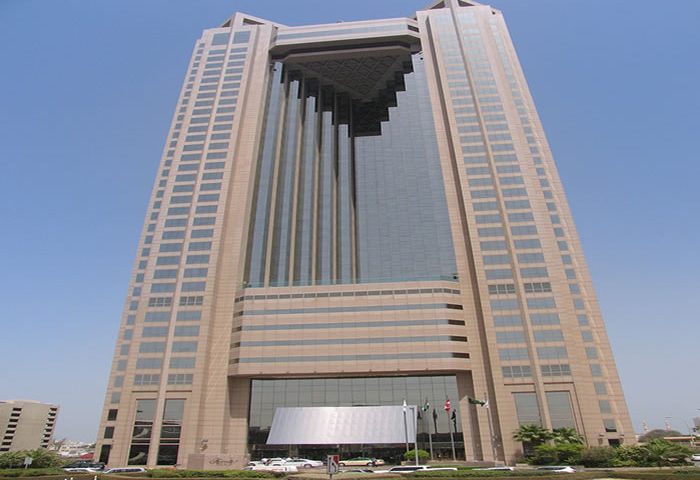What Is A Ventilated Facade?
A ventilated facade is a cladding system made up of an insulation layer and stone cladding panels. The panels are fixed to the exterior surface of a building using open joints and air gaps to encourage natural ventilation and provide a protective double shell.
The gap between the insulation and outer cladding is at least 50mm, maintained by a sub-channel anchoring system made from aluminium or steel.
The Benefits of Installing Ventilated Facades
Applying ventilated facades provides several advantages compared to other cladding and mechanical fixing systems.
The building construction and integrity is enhanced by:
- Improved ventilation due to natural air circulation
- Protection against damp and condensation
- Lower energy costs due to reduced thermal bridging
- Appearance is improved with attractive natural stone panels.
As well as the practical construction advantages listed above, there are also many installation and maintenance benefits to be had, including:
- Reduced cracking and detachment risk due to independent fixing system of each panel
- Easy installation due to 3D adjustable fixing systems
- Create a flat, even cladding surface on uneven structures
- High durability and hard-wearing surface to minimise maintenance costs
- Excellent safety standards and longevity due to compliance with EN standards
- Easy to replace individual panels if needed
- All frame components are made from corrosion resistant stainless steel and coated mild steel
- Full waterproofing is ensured with a barrier applied to the concrete face which continues into the window frames for full coverage.
How Ventilated Facades Work – Basic Technical & Design Principles
This article will not go into a great deal of technical detail, but we want to give you an overview of how ventilated facades and fixing systems work.
Durable, attractive natural-stone panels
The ventilated cladding system is made up of strong natural stone panels, available in different dimensions. A waterproof coating is applied to the face of the panels, which extends into the windows to provide full water resistance.
Versatile support frame and fixing system
The stone panels are anchored to the channel that spans the structural concrete beams, securely connected by load-bearing channel supports.
The sub channel frame system can be adjusted in three dimensions, which means that you can achieve a nice flat and even surface, regardless of the unevenness of the structural walls.
Protective and energy-saving insulation
Between the sub-channel and the stone panel, an insulating layer helps to maintain the thermal stability of the building. The insulation is made of self-supporting water-repellent glass wool panels to ensure high heat retention in the winter, while also protecting from solar overheating in the summer months.
Save Money and Improve Structural Performance With Ventilated Facades
Ventilated facades help to protect buildings from cracking, fissures, wear, and degradation, as well as making buildings look more attractive. They help property owners to save money by reducing long term maintenance and repair costs.
To discover how HAZ Metals can help you protect your building with high-quality ventilated facade fixings, get in touch with one of our expert team today.

